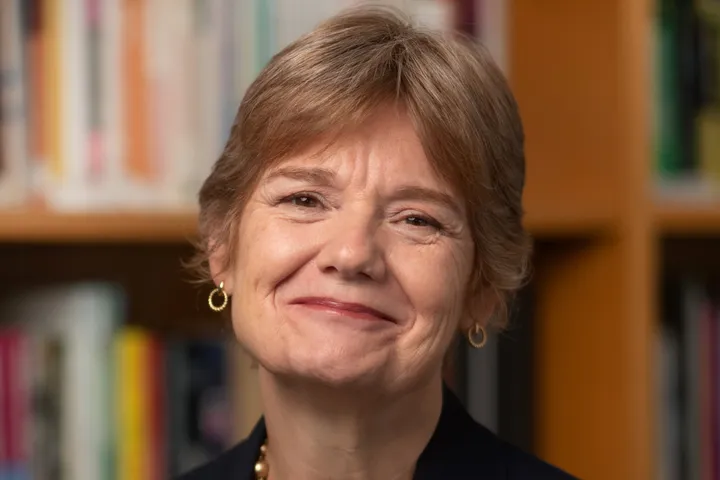Communities across the Great Lakes region are mapping and removing drinking water pipes made of lead. These projects are key to addressing public health risks to children and adults caused by lead contamination in drinking water. New state and federal drinking water regulations set deadlines for completing inventories of lead pipes and removing them. Communities that act now can take advantage of $15 Billion in federal funds dedicated to these efforts.
Replacing the millions of lead pipes in our region is a major infrastructure project that is complicated because a portion of nearly every line is on private property. Getting the pipes out requires expertise in public and private financing, workforce development, community outreach, and project management and implementation. Because Illinois, Ohio, Indiana, Michigan, and Wisconsin have some of the highest numbers of lead pipes in the nation, it will also be expensive.
Paying for and navigating the complexity of lead service line replacement (LSLR) can be particularly challenging in low- and moderate-income communities with limited staff and financial resources. Developing options for all communities to remove these pipes and maintain water service affordability is essential for our region’s future.
To help meet this challenge, earlier this year The Joyce Foundation and the Federal Reserve Bank of Chicago convened experts on LSLR. The goal of this convening was for participants to identify key information and research needs that, if met, can help communities overcome the economic and financial challenges of developing effective and equitable strategies to replace lead service lines.
We worked with staff at the Federal Reserve Bank of Chicago to prepare, “Identifying information gaps to help communities navigate lead service line replacement.” This Chicago Fed Insights article summarizes the specific, actionable, and accessible information and research that participants identified to help municipal and utility leaders to create LSLR programs that work for their communities. The article is accompanied by seven blog posts, drafted by convening participants, providing deeper perspectives on these information and research needs.
There’s also a short article listing the participants and information resources that were identified during the convening, “Convening Identifies Key Resources for Communities Replacing Lead Service Lines.”
We hope that this article and the blog posts can help the research, policy, and funder communities shape their work to respond to the needs identified. The safety and accessibility of drinking water is a core part of our Environment Program strategy, and we look forward to supporting the ongoing efforts to implement equitable LSLR programs.
A deeper dive from convening participants:
- The Case for an LSLR Playbook and Some Key Plays by Cathy B. Bailey, Executive Director, Cincinnati Water Works
- Maximizing the Impact of Bipartisan Infrastructure Law Funding: Operating Principles for Establishing an Efficient and Effective Lead Service Line Replacement Program by Shawn Kerachsky, President and Chief Executive Officer of Community Infrastructure Partners
- Engaging Landlords and Tenants in LSL Replacement by Tom Neltner, Executive Director, Unleaded Kids and Environmental Defense Fund colleagues Lindsay McCormick and Roya Alkafaji
- Getting to Yes: How Effective Engagement with Residents Can Ease Lead Service Line Replacement Challenges by Caroline Pakenham, Director Water Programs at Elevate
- Reimagining Water Infrastructure for Justice and Health Equity by Pamela Russo, Kimberlee Cornett, Radhika Fox, and Rebecca Morley, Robert Wood Johnson Foundation
- Stories from Michigan: Lead Service Line Lessons in Collaboration, Communication and Community by Christine Spitzley, Principal, OHM Advisors
- An Ecosystem Approach to LSLR Affordability by Justin Williams, Senior Manager, Metropolitan Planning Council
About The Joyce Foundation
Joyce is a nonpartisan, private foundation that invests in evidence-informed public policies and strategies to advance racial equity and economic mobility for the next generation in the Great Lakes region.
Author

Elizabeth Cisar
Program Director
